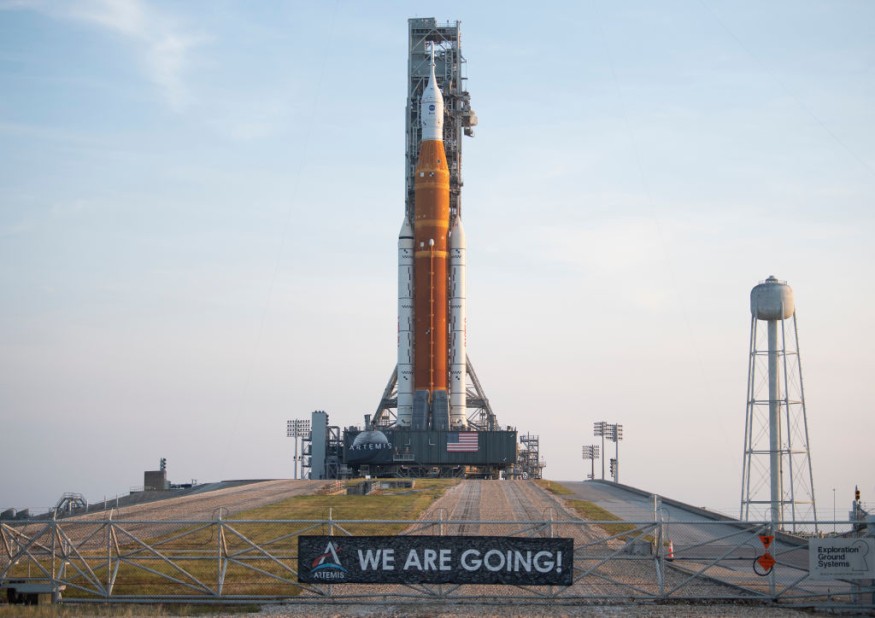NASA is taking the first step in bringing humans back to the Moon by the end of the decade after 53 years. According to Bloomberg, NASA's Artemis I mission is an uncrewed mission of a massive new rocket that will be launched on Monday morning, August 29, at no earlier than 8:33 a.m. ET from Kennedy Space Center.
The success of the Artemis I mission marks a critical moment for NASA and the whole space industry. The program is named after the Greek goddess Artemis who is the twin sister of the god Apollo. The mission aims to bring the first person of color and the first woman to the Moon as early as 2025.

Testing the Orion Capsule
Among the critical components of the Artemis I mission is the Boeing Co.-built rocket called Space Launch System (SLS), and Lockheed Martin Corp.'s Orion capsule. The Space Launch System's origin system begins in 2010 when Congress directed NASA to develop the rocket as a follow-on to the space shuttle.
TechCrunch reported that the principal goal of the mission is to test the Orion capsule and its critical components, such as the heat shield upon re-entry to Earth's atmosphere, and its communication systems before it carry humans in the next Artemis mission later this decade.
NASA will put a mannequin inside the capsule to see how humans might fare inside it. The mannequin is called Moonkin Campos after the Apollo 13 electrical engineer Arturo Campos. Moonkin will be equipped with sensors that will measure radiation and vibrations and accelerations that future astronauts will experience during the mission.
Scientists said that the Orion capsule will reach the lunar orbit less than nine minutes after its launch after separating from the core stage two hours after take-off. The first stage will join the rocket boosters in splashing down to the ocean as no part of the SLS rocket is reusable.
Artemis I Mission Going on A 42-Day Trip Around the Moon
The 32-story SLS rocket is the most powerful ever built, says NASA administrator Bill Nelson during an Aug. 3 press conference. It will blast off from Kennedy Space Center in Florida to begin Artemis I's journey toward the Moon to travel further than any previous spacecraft designed for humans.
The Orion capsule is set to circle the Moon in an orbit that will take it deep into space in 42 days before returning to Earth. PBS News Hour reported that the re-entry will demonstrate the capsule's ability to return to the planet at the end of its mission. It is faster and hotter than any spacecraft, hitting the atmosphere 32 times the speed of sound.
Throughout its 6-week mission, the Orion capsule will travel 280,000 miles from Earth and will make close flybys to the Moon before splashing down in California waters on October 10. Science Times previously reported that the Artemis I mission will be bringing 10 CubeSats to orbit with specific scientific and technical missions of their own.
RELATED ARTICLE: NASA's Artemis 1 Mission Prepares to Head to the Moon, Will Test New Space Launch System (SLS) Rocket
Check out more news and information on Artemis Program in Science Times.












